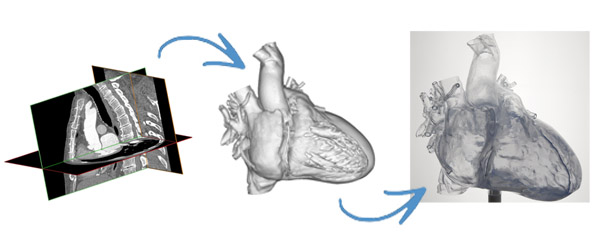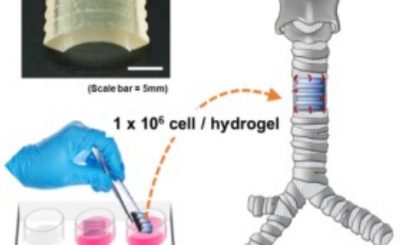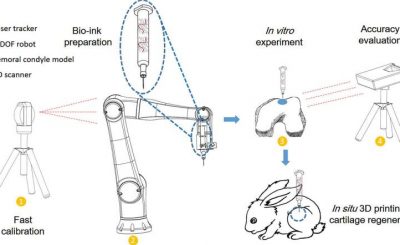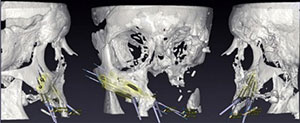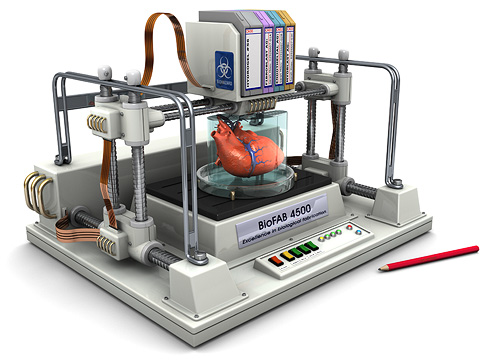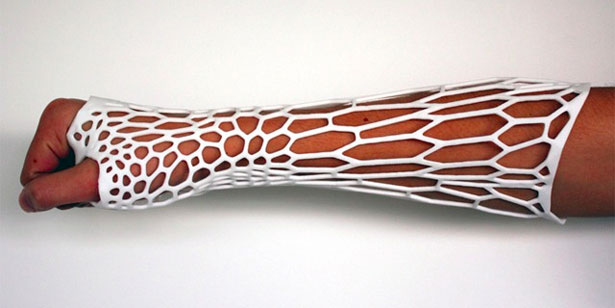In previous years, SXSW Interactive has maintained health and medical technology programming, but this is the first year that the SX Health and MedTech Expo has existed in its expanded form. SXSW set up a whole slate of programming in this genre at JW Marriot, one of Austin’s shiniest hotels.
I was fortunate enough to attend “
Lately, there has been much buzz about the possibility of 3D printed organs. Organ shortage is a big issue. An average of 
The TeVido method, however, involves pre-surgical imaging of a patient’s nipple to create an accurate model for a bioprinted nipple. Then, a biopsy would capture a bit of the patient’s very own fat cells with which to 3D print a nipple based off of this 3D model, using a modified HP, inkjet printer. The usage of adult-differentiated tissue reduces the possible carcinogenic risks that come with stem cells (namely the cells going rogue and making more cancer) and, because the overall bioprint would be little more than a centimeter in diameter, it wouldn’t require surgeons to connect veins for blood flow.

Capillaries are adaptive and would expand to the area based on need, connecting naturally to the tissue and allowing the body to do most of the legwork. Moreover, the usage of the patient’s own cells eliminates the need for the potential hazards involved in anti-rejection meds. Because the tissue is truly part of the patient, it can potentially grow and change with them through their lives, a more accurate and genuine reconstruction than is available with current methods. Not only are vascular systems not required for tissue the scale that TeVido is working with, but the firm is also working with an inkjet system, rather than an extrusion system. According to the firm, their inkjet-based system has “higher fidelity and resolution” than the syringe-based extrusion machines implemented by other firms.
Currently, the company is performing research to ready their product for FDA approval. To do so, the company is hoping to pass beyond the prototyping phases and ready a final product, discussing the technology with plastic surgeons, doctors to make the printer, easier, faster, and cheaper. But, before they can have their process out of the lab and into the clinic, TeVido must perform numerous clinical trials and Collins states that it may be three years before their technology even sees the public.
1.4 million women around the world are diagnosed with breast cancer every year and, with early detection more frequent and fatality less common, TeVido is working to improve the quality of life of cancer survivors. This cause alone is a noble one, but funding this research would drive their technology even further, leading to potential breakthroughs in other bioprinted tissues, as well. What is learned and improved in this process could go on to help other work in bioprinting reach the next level of innovation.
